I thought the Graf von Faber-Castell Classic was very overpriced. Comparing it against my other (and only) Graf, the Intuition Platino Ebony, it’s tiny, skinny, more conventional — a separate section, a standard converter, a tiny nib.
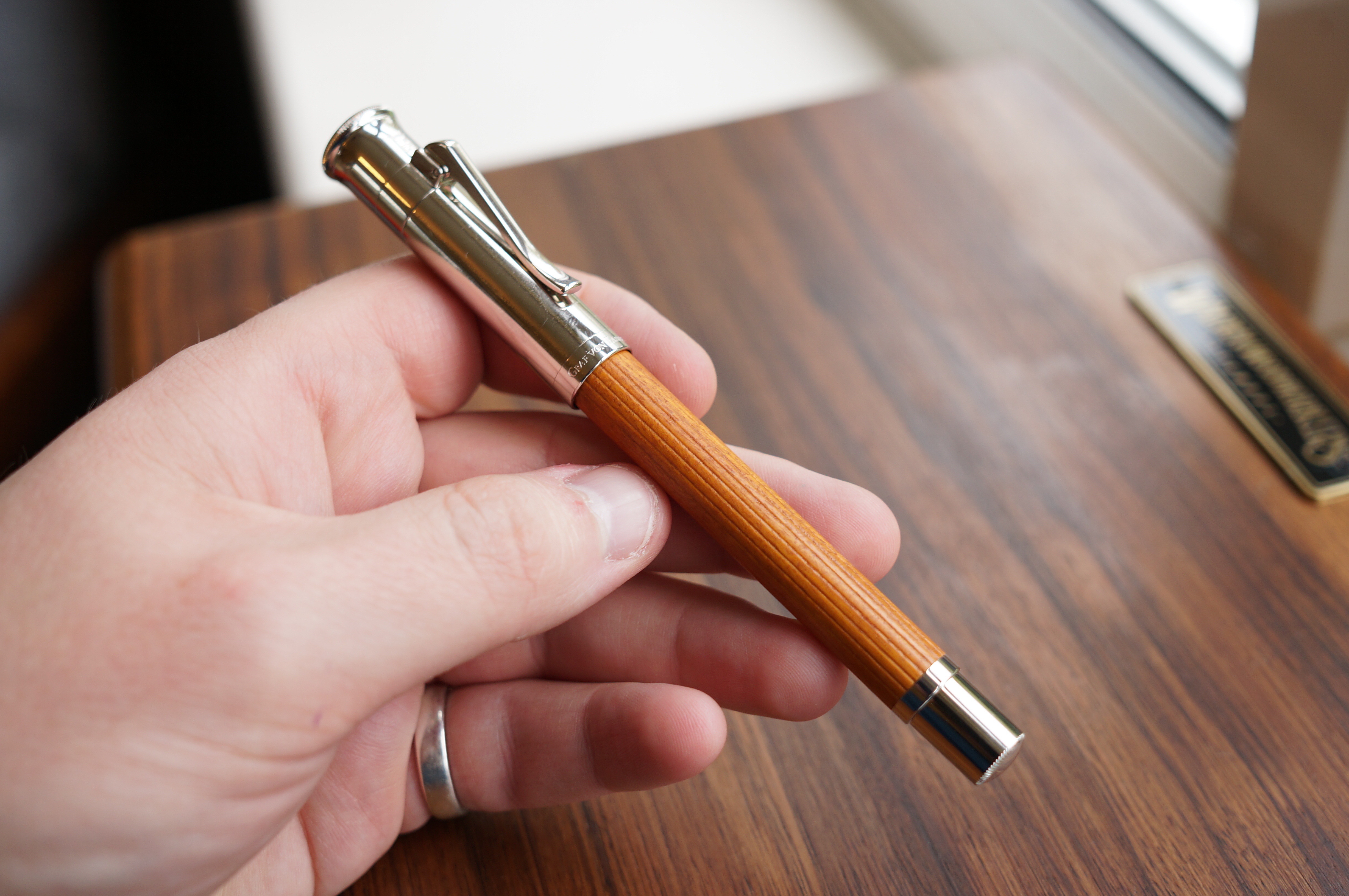
The family resemblance is unmistakable, of course.
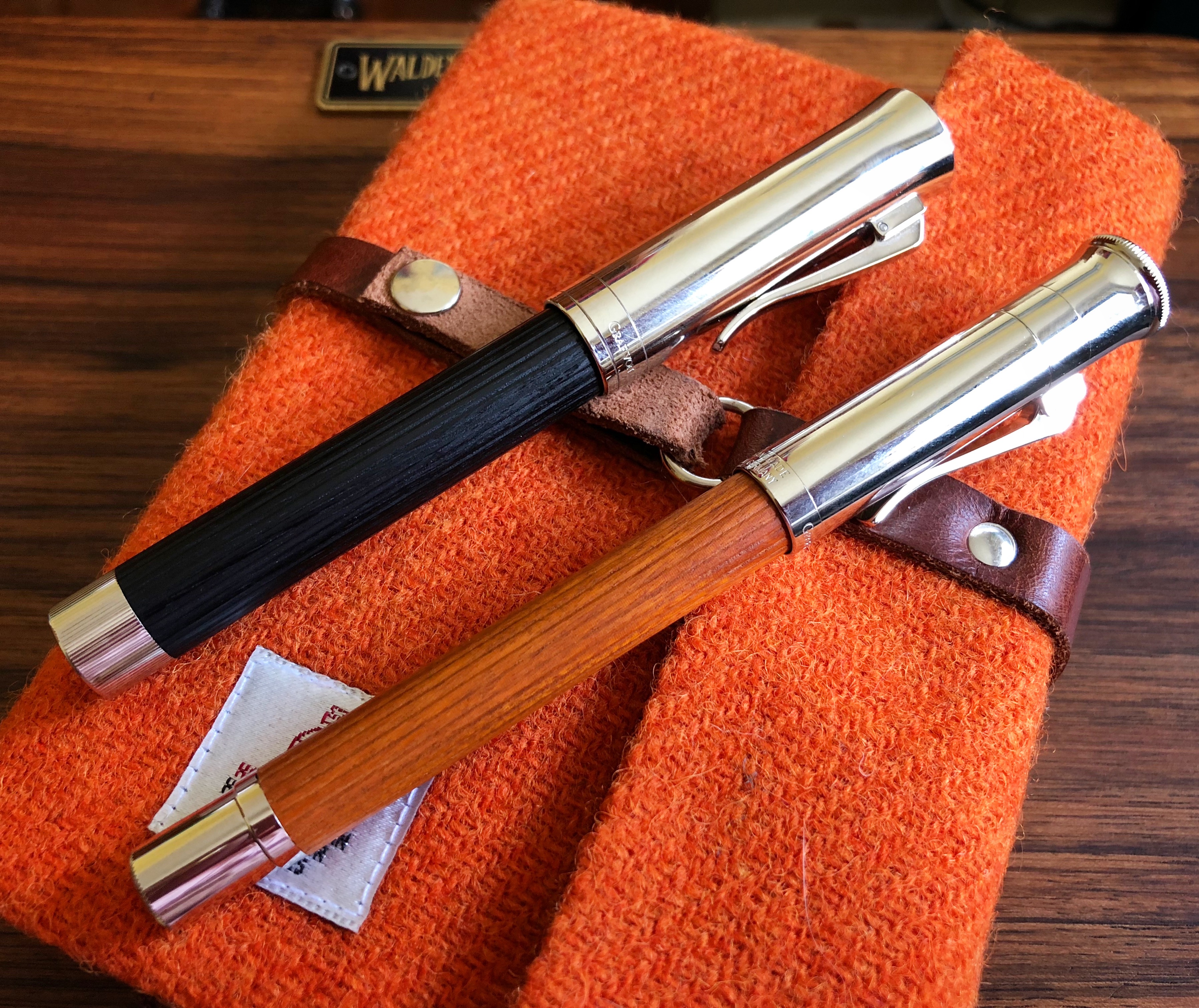
The metal flared cap, the curving clip, the fluted wood barrel, handmade in Germany. But I figured the Classic was a pale imitation of the real thing, at over 400 quid. (The Platino’s RRP is 675).
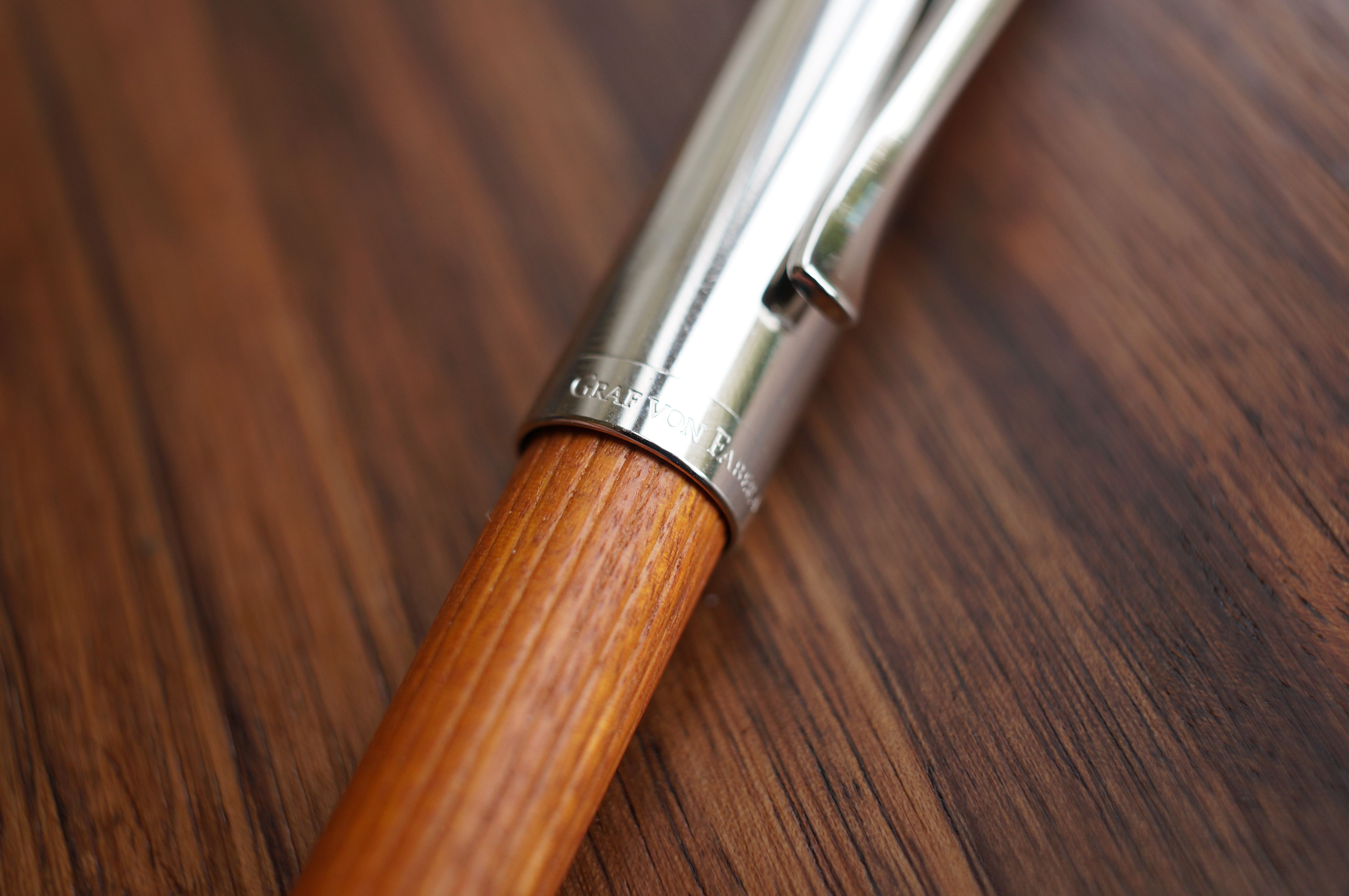
I was wrong. This pen has very much its own identity distinct from the Intuition, and it utterly exudes quality in every respect.
I’ll start for once with the nib. It’s small, and actually I don’t like the way it looks as much as its bigger cousin’s, which is large and seamless, without a breather hole. But the Classic’s is bouncy gold and tuned perfectly to my taste. The fine nib is wet, smooth and has an unusual feeling of an architect grind. I love it. I’ve been writing with it all week just for the pleasure of it.
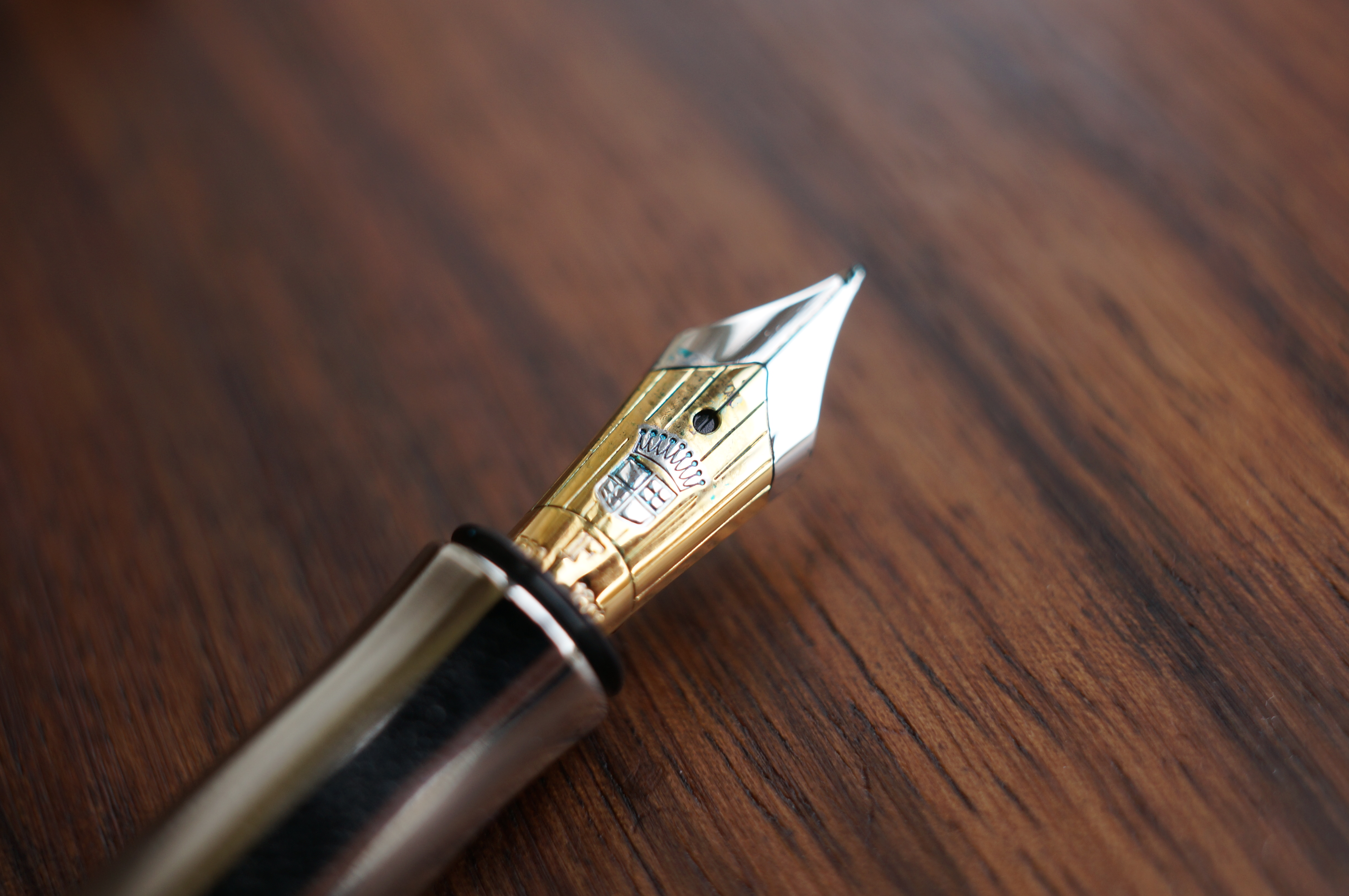
Then there’s the barrel. It’s pernambucco wood, which is almost orange and contrasts nicely with the incredibly shiny metalwork.
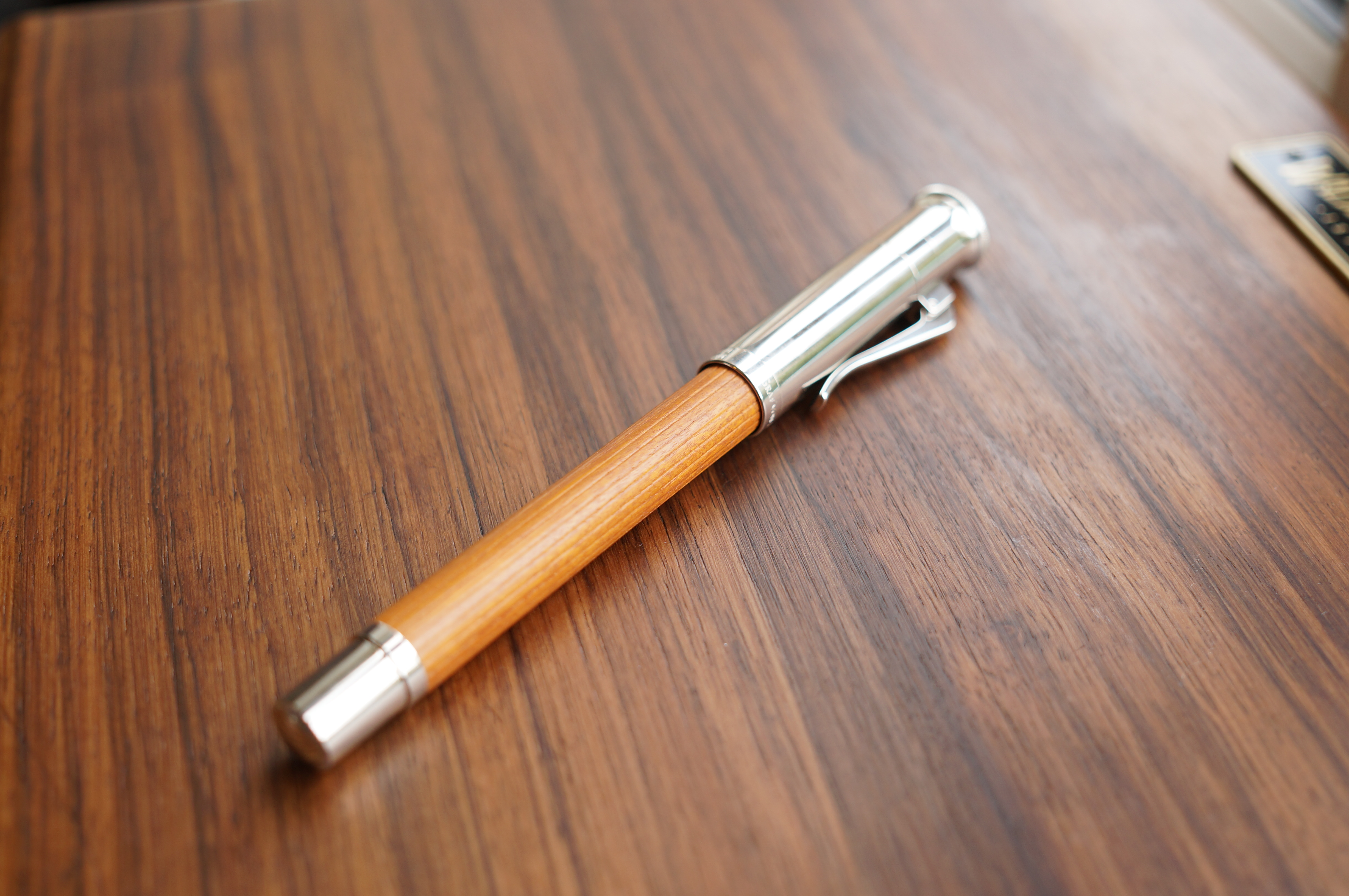
The cap is typical Graf: big, heavy, bold.
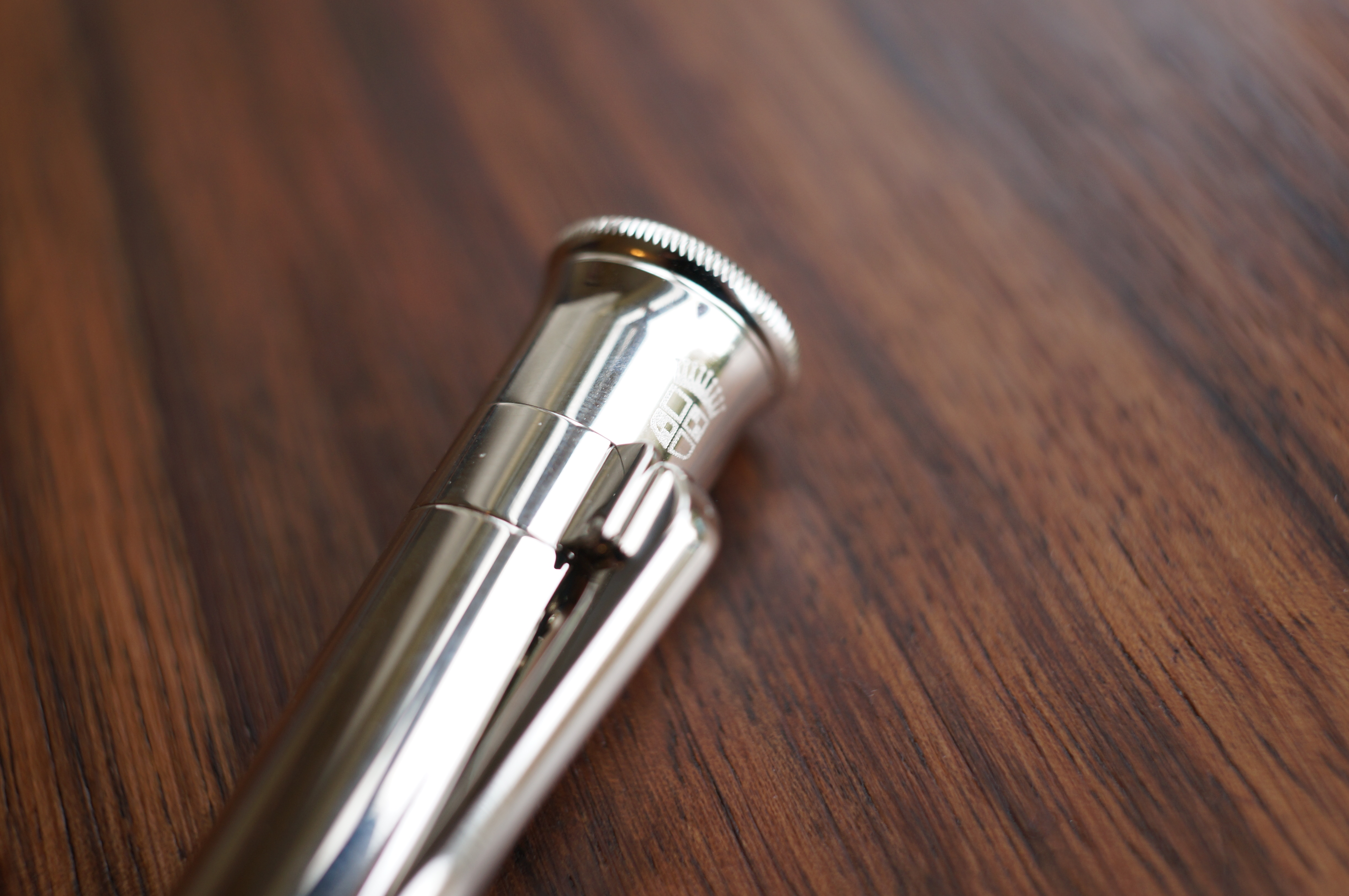
It’s a screwcap, and the threads are a delight: it almost feels like it has a detent when you reached the fully closed position, which is in barely one full turn.
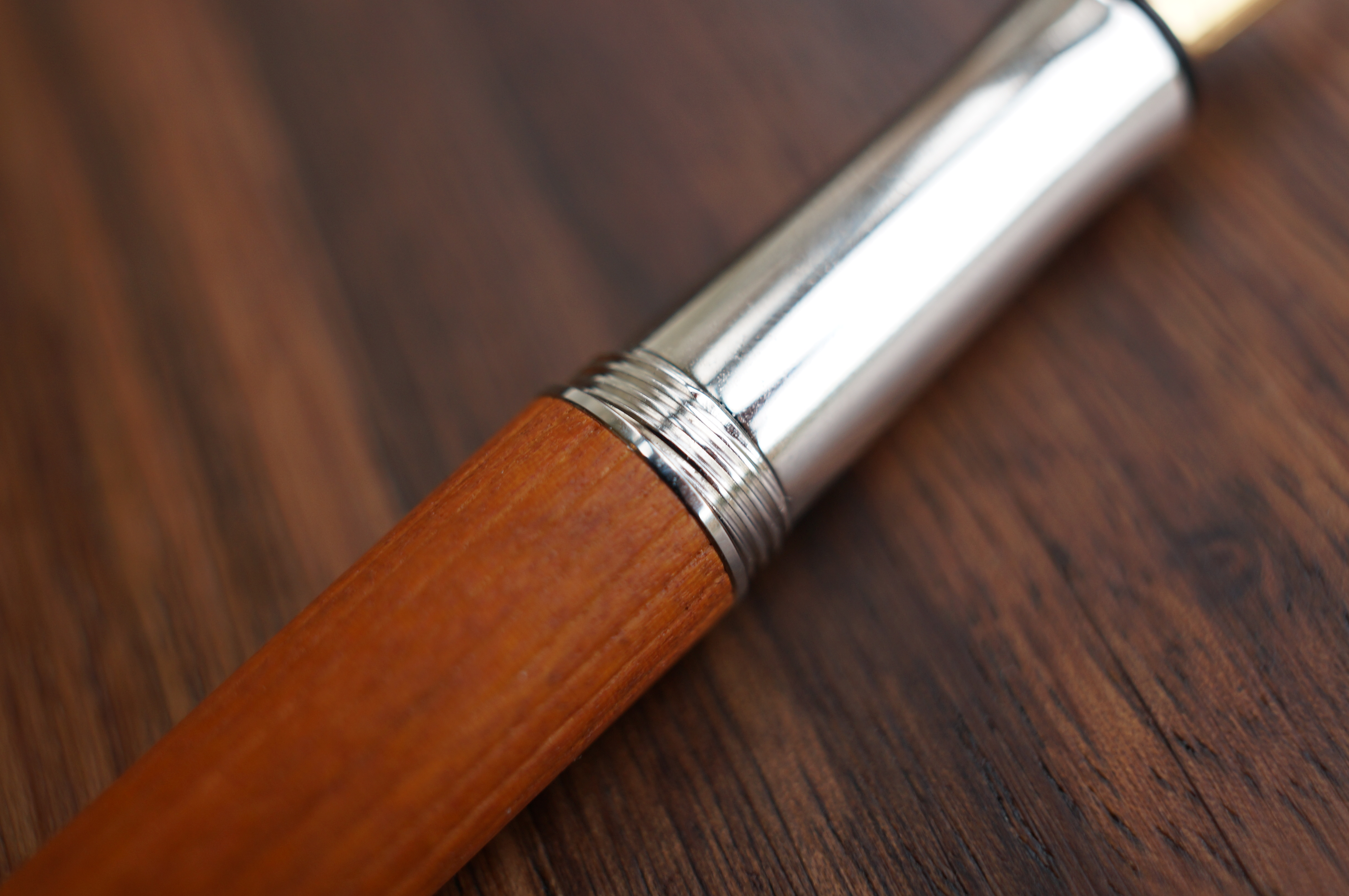
It’s smooth and quiet in operation, because the cap is lined with black plastic, so there’s no metal-on-metal action.
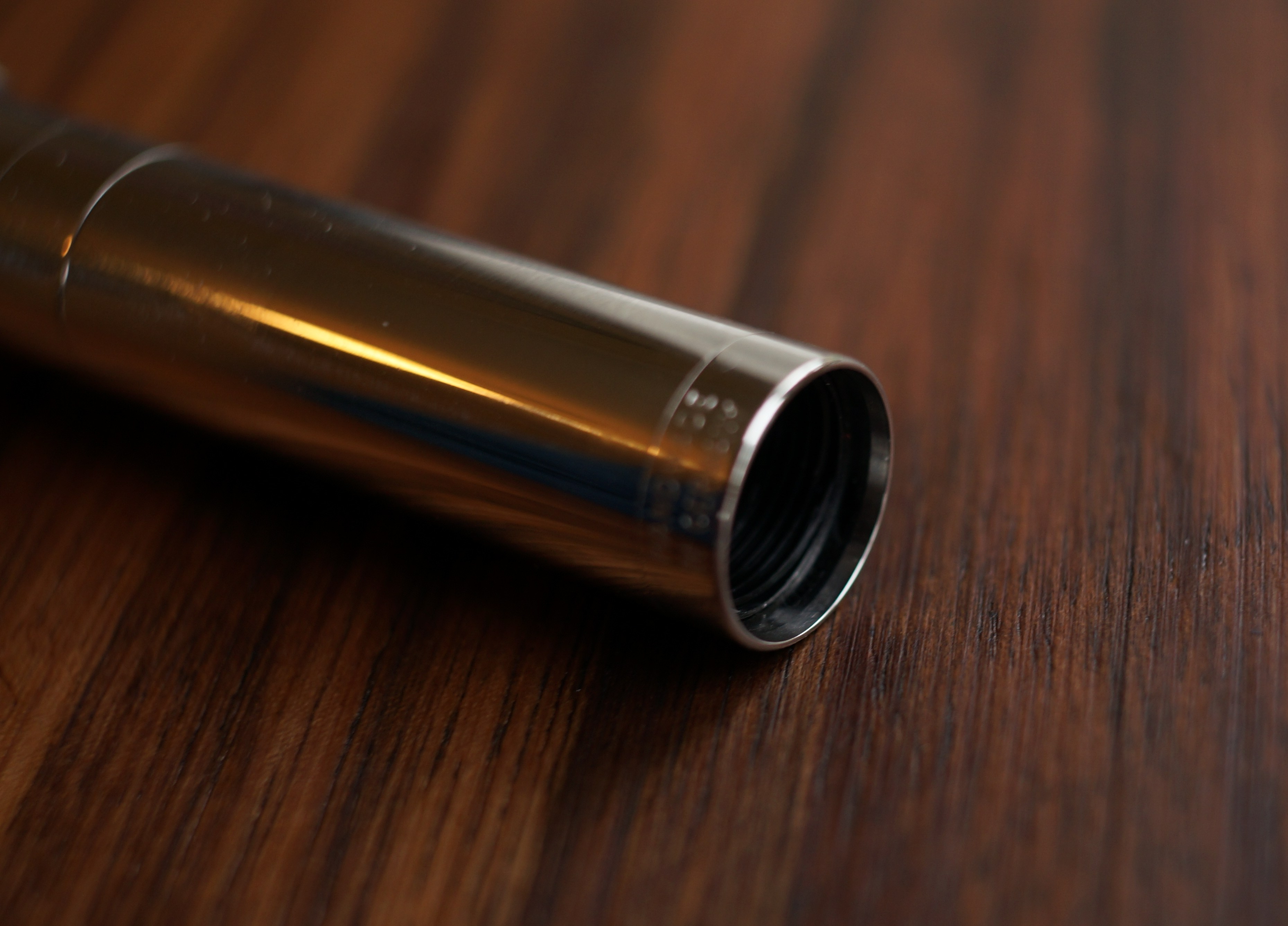
The pen itself is long, and super slim, and heavy along its full length. It’s like writing with a metal pencil. Because the nib is quite short, and the section is slim and metal, I end up holding very high up the pen, in a different grip to usual.
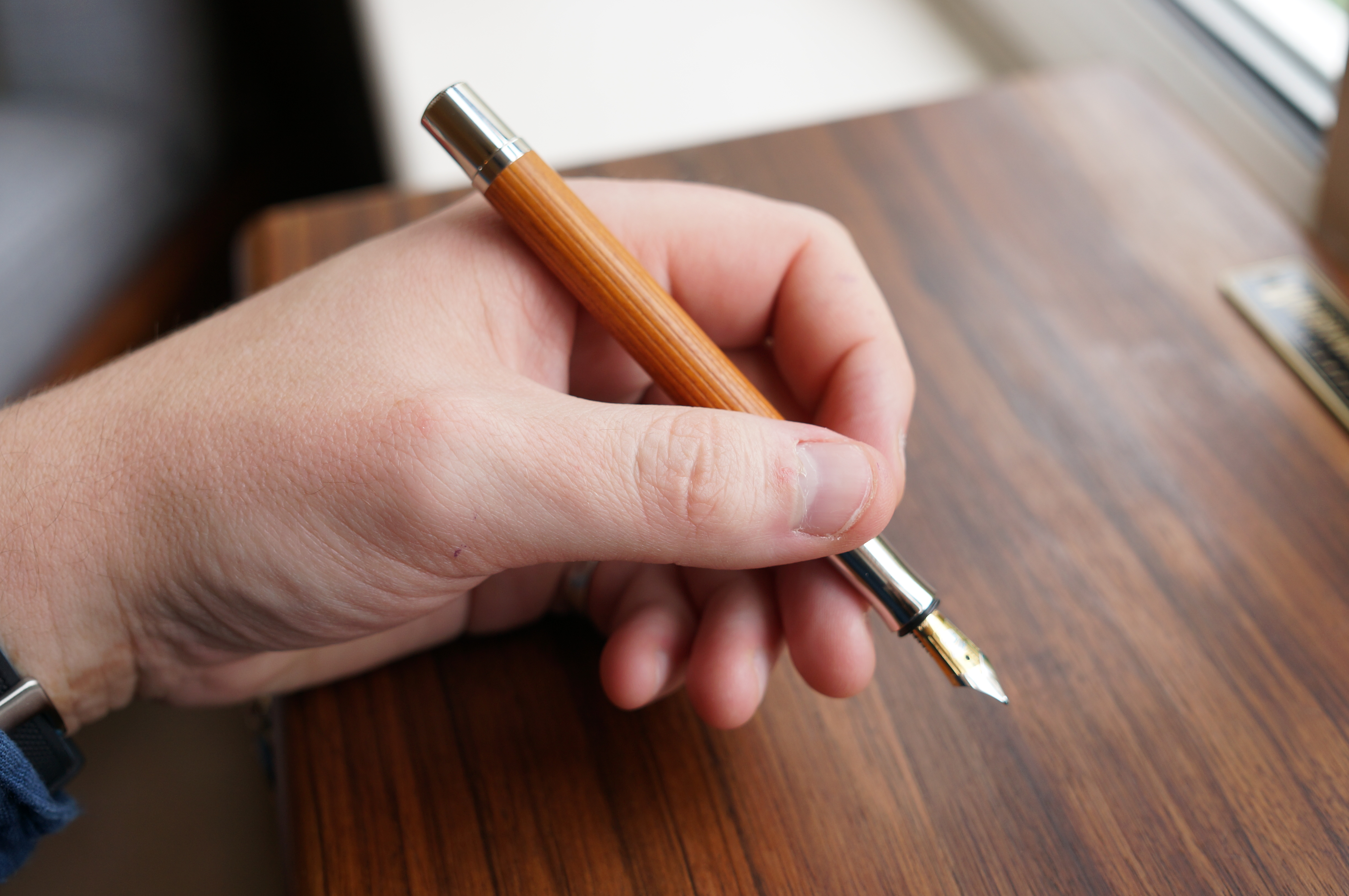
It’s so different to my other pens that it feels like a sorbet after a course at dinner — utterly refreshing. The closest I’ve felt is the TWSBI Eco with a fine nib, another long pen with a narrow section and small nib. But the Eco is light plastic, and has a wide barrel, so the comparison only holds so far.
The build quality of the Classic is, naturally, exceptional. There’s not quite so much detail as on the Intuition (the concave top of the cap is plain, without the etched logo that features on the larger pen), but what is there is very well executed.
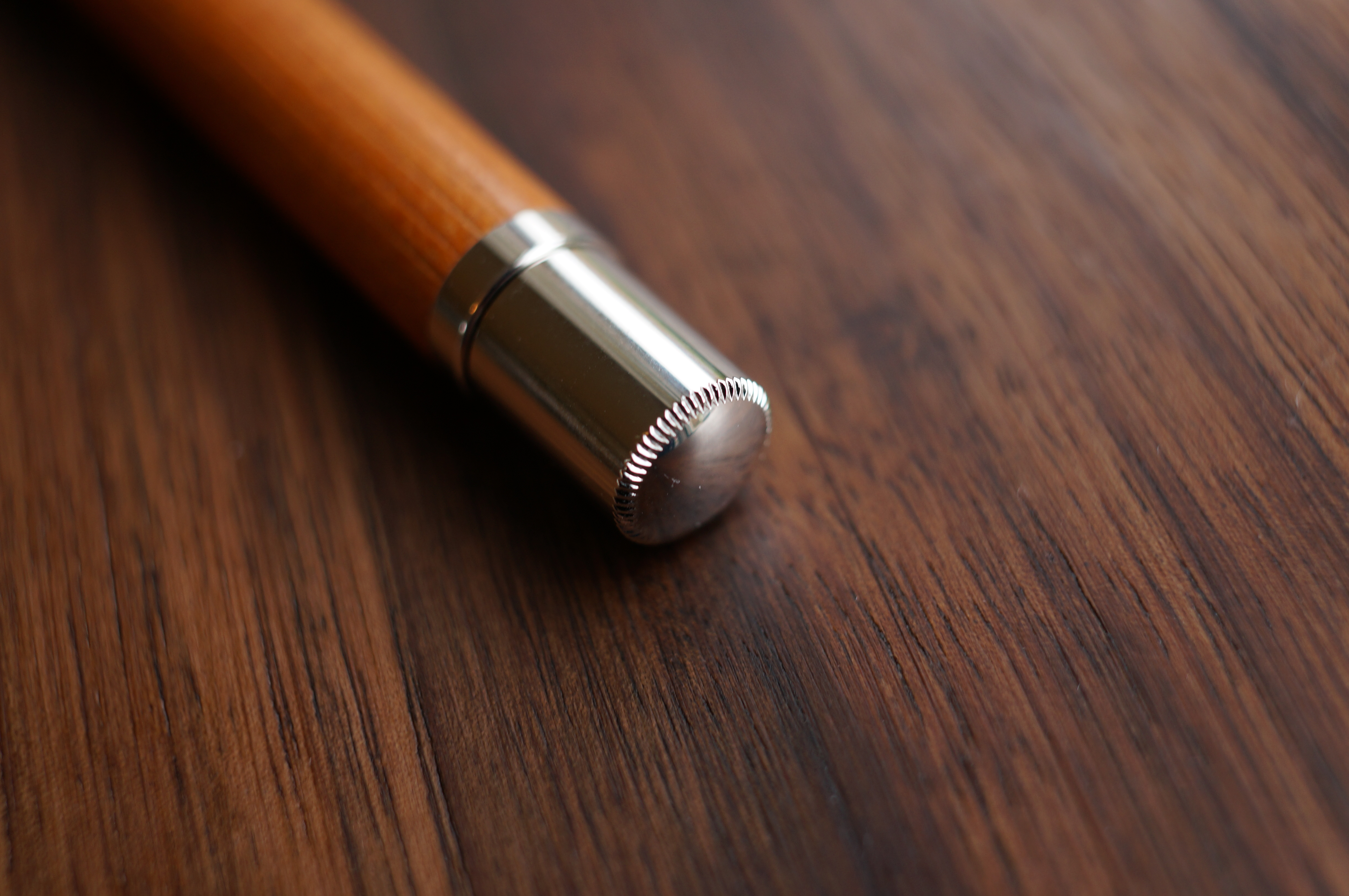
Of course, no pen is perfect. I’ve found a tendency for the section to unscrew itself, and even the nib unit to unscrew a little over time. If you do hold the section, it can be slippery. Forget about posting the cap. And despite the grippy knob on the end of the barrel, there is just a perfectly conventional converter inside. Pay 400 quid for a Pelikan or Visconti and you’ll get a piston or vac filler.
A quick minute holding the Classic in a shop, or a look at a spec sheet online, and you might walk away wondering what all the fuss is about for the price. The first impression is “skinny”. It takes a bit of quiet contemplation to appreciate the quality of the construction, the reassuring threads. And of course you have to ink it to feel the nib.
I’m a guy who likes big nibs and big pens. I can’t stand metal sections. But I like the Classic anyway, very much. It plays by its own rules, and it delivers to exceptionally high standards.
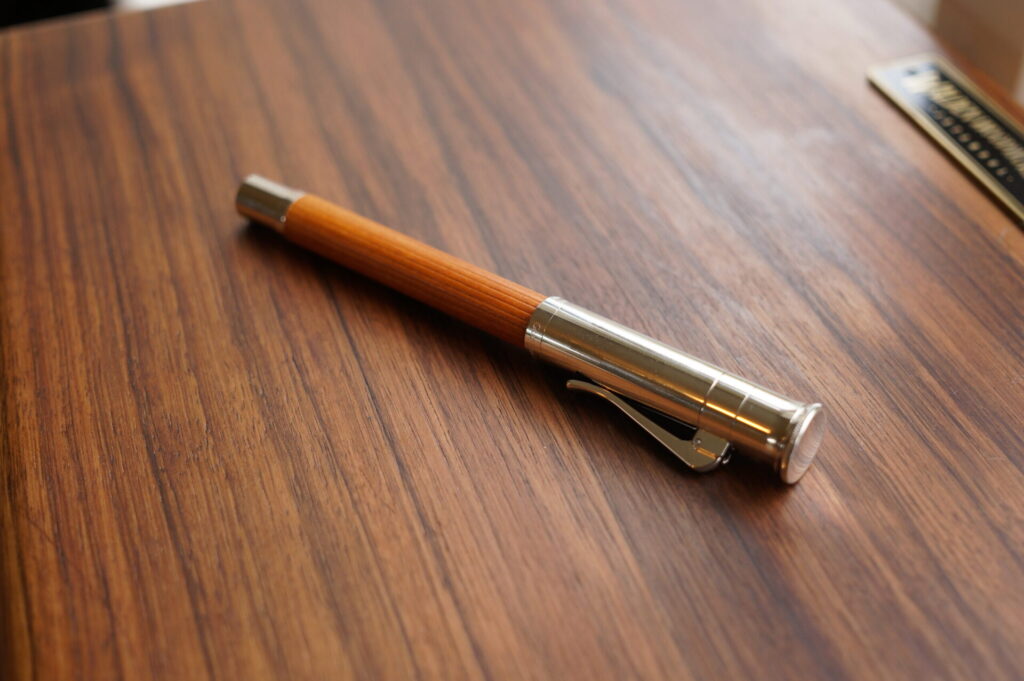
This is a beauty. And a nice autumnal colour! The writing experience does sound appealing from your description.